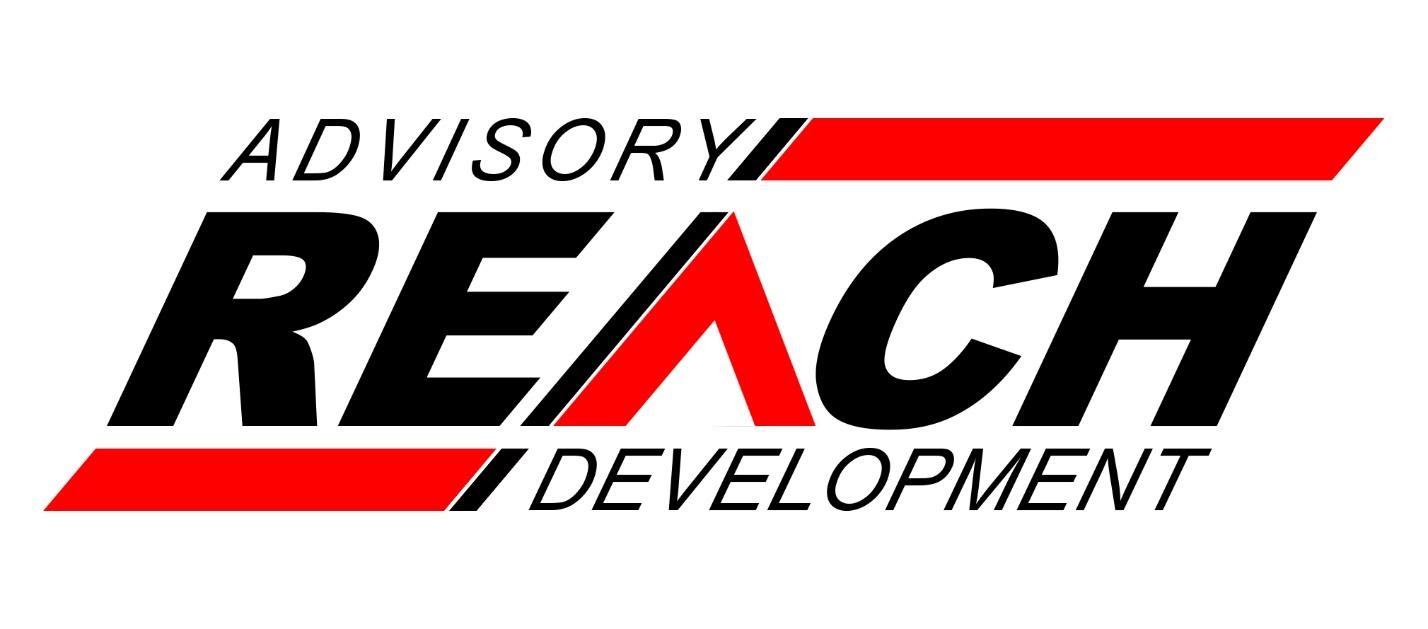 Sometime early in their careers, most marketing professionals end up selecting to “major” in either business-to-consumer (B2C) or business-to-business (B2B) marketing.
Sometime early in their careers, most marketing professionals end up selecting to “major” in either business-to-consumer (B2C) or business-to-business (B2B) marketing.B2C marketers develop campaigns and offers often delivered directly to the consumer or through a retail channel. These campaigns are mostly about bringing the consumer to a transaction as quickly as possible. They address a market of millions of people focused on buying products that cost a few dollars up to the low thousands. Buyers are relatively more price-conscious and a strong brand can lead to loyal consumers. B2C marketing has been the primary driver of the marketing profession particularly through the use of advanced data capture and analytics tools combined with segmentation and targeting techniques.
B2B marketers develop programs, typically linked to a direct sales channel, that address business needs using informative content and configuration tools. They target markets of hundreds or a few thousand businesses and seek to develop relationships with dozens of influencers, multiple evaluation committees, and ultimate decision-makers. This extended team of buyers defines requirements and evaluates suppliers over many months, eventually purchasing a solution that could cost tens or hundreds of thousands and even millions of dollars with the cost often spread out over multiple years. Brand value is based on generating interest and getting on the shortlist of the buyer groups. B2B marketing has typically been a fast follower of B2C, applying the experiences and tools of B2C to the unique needs of their market.
These two majors won’t disappear any time soon. However, both B2C and B2B marketing professionals could benefit from taking a class on the new B2C marketing – business-to-community.
It’s all about the community
The power of community-based marketing is being seen in both B2C and B2B markets. Brand strategies that used to be based on “talking about ourselves” are now beginning to embrace “connecting with our community.” Building and nurturing communities of people with a natural linkage to your business can be an incredibly effective and efficient way of building your brand.
For example, Dove’s “Campaign for Real Beauty” was a watershed in B2C communities. The campaign used online forums, published research, education, advertising, fundraising, and many other outreach programs to invite women to engage with each other and the Dove brand through an ongoing dialogue about the nature of beauty – beauty that is enhanced through Dove products. What were the results? Millions of downloads of one of its videos on YouTube, massive traffic to its website, pervasive coverage in the blogosphere, and a spot on Oprah. In Europe, market share for Dove’s “Intensive Firming Cream” grew from 7.4 percent to 13.5 percent in the U.K., France, Germany, Italy, the Netherlands, and Spain according to industry publications.
In the B2B world, the Oracle Technology Network (OTN) stands out as a leading community with over five million members in 250 countries. Oracle supports the community of developers, IT architects, and database administrators with free technology downloads, podcasts, tutorials, discussion forums, etc. The result is OTN is one of the largest and fastest-growing IT communities in the world.
Here are some of the key factors to consider when building your community.
It’s an invitation, not an offer
The tone of your communications needs to reflect the fundamental nature of communities – members select themselves. You are not making them an offer or delivering a call to action. You are inviting them to join a group with a common interest. The common interest is typically not “how do I buy more of your stuff,” it’s more a desire to engage in a shared experience that enhances their personal or professional life.
You’re bringing fans to the seats, not qualifying prospects
The relationship model you want with your community – and that your community members demand of you – is like the relationship a sports fan has with his or her favorite team. A sports fan is personally vested in the success of this team and will pay for the ability to connect with the team through merchandise, attending games and autograph events. These fans will cheer for your success and boo when you should do better. Once you get the fans in the seats, you have an opportunity to sell them products that enhance their experiences as fans.
Your community wants content, not coupons
No one will turn down a good deal for something they want, but a sustained community relationship is typically based on more personal needs. It’s about improving your job performance, being a better parent, enjoying a higher quality of life, etc. Your community members are hungry for useful content on the topic that attracted them to the community. Try to provide your content in “byte size” chunks that can be consumed on a frequent basis and distributed in, hopefully, a viral way. Don’t dump 10-page white papers on your community and expect it to work.
Focus on the life cycle, not the sales cycle
Try to resist the urge to generate leads, qualify prospects, identify needs, propose, and close.
Communities are different. They are based on a personal or professional life cycle, not your sales cycle. Orient your content and media plan around life events of the community. How can you help candidates determine whether they should join the community? How can other members help each other get value out of the membership? What is the appropriate way to engage with members and what are the trigger events for that communication?
“Stone Soup” marketing replaces ROI
The pressure to demonstrate direct ROI on marketing programs is intense and for very good reason – there are too many investment opportunities for the business to support. Communities won’t make it any easier. In fact, you’ll need to get buy-in for a community investment made on a new set of metrics. These metrics will be based on membership, interaction, and content distribution. The goal is to address your target market more efficiently than possible through traditional approaches and expand the sales opportunity through collaborative cross-selling. If you are successful, you will create a community-based marketplace of content and products.
The secret – the message is more important than the mechanics
There are many new and old media tools that you can use to manage your community. No doubt, these tools are important. But remember, it’s the message that attracts, nurtures, and grows your membership. It’s the message that will ultimately enable you to realize the business value of a B2C or B2B community. Your message needs to be targeted, relevant, interesting, differentiating, and compelling for your audience.
Communities are an exciting new way for businesses to connect with their markets. You can build your own or plug into influential communities of people with a vested interest in your success. Don’t wait to get started. Learn as you go and refine your strategy based on what you learn. This is a great opportunity for marketing professionals to deliver new breakthrough programs.
